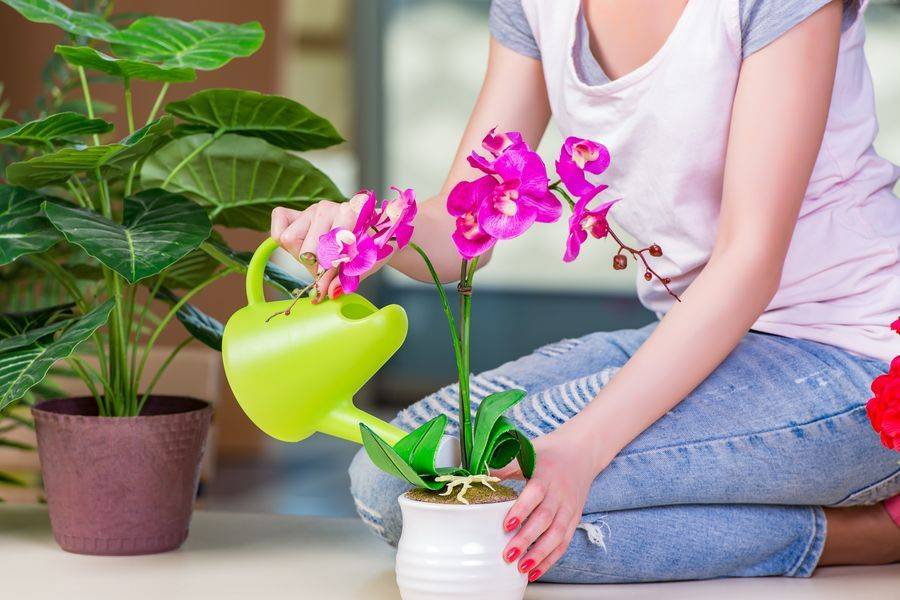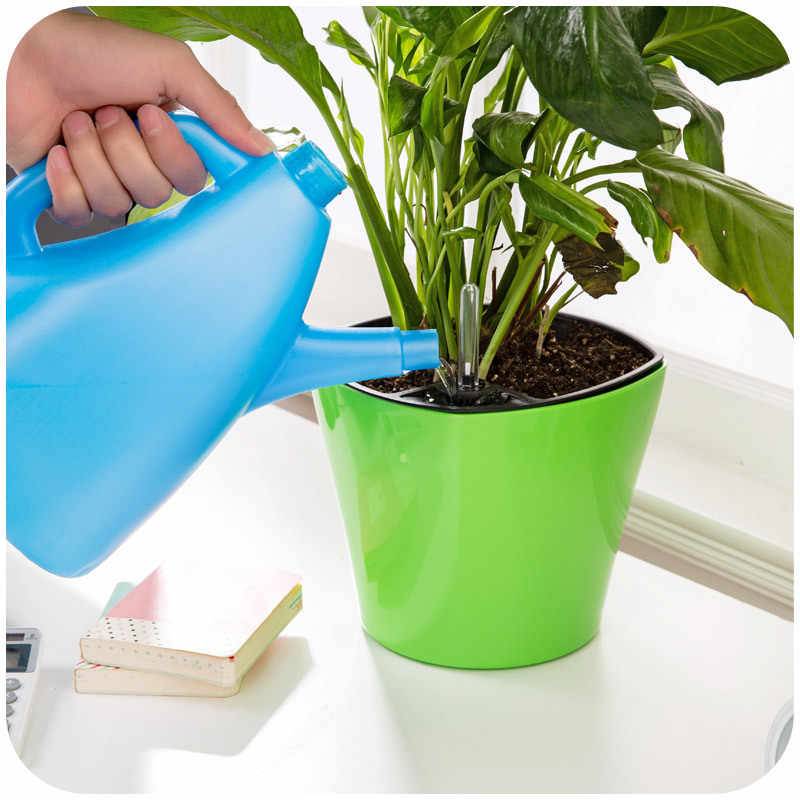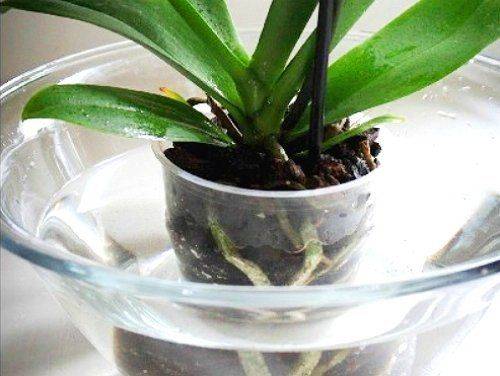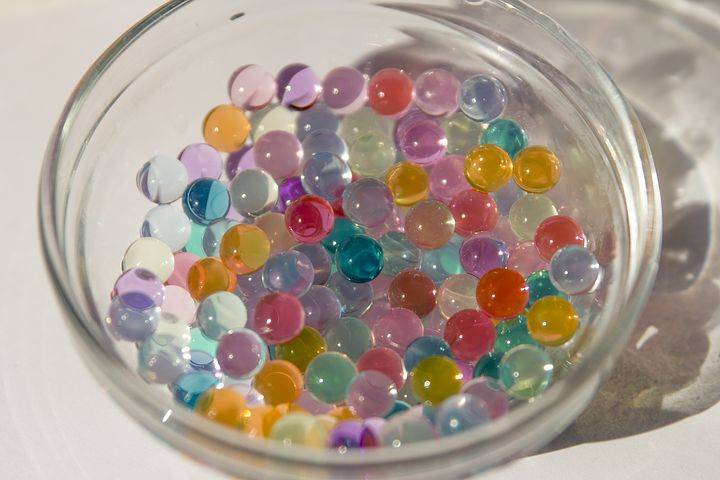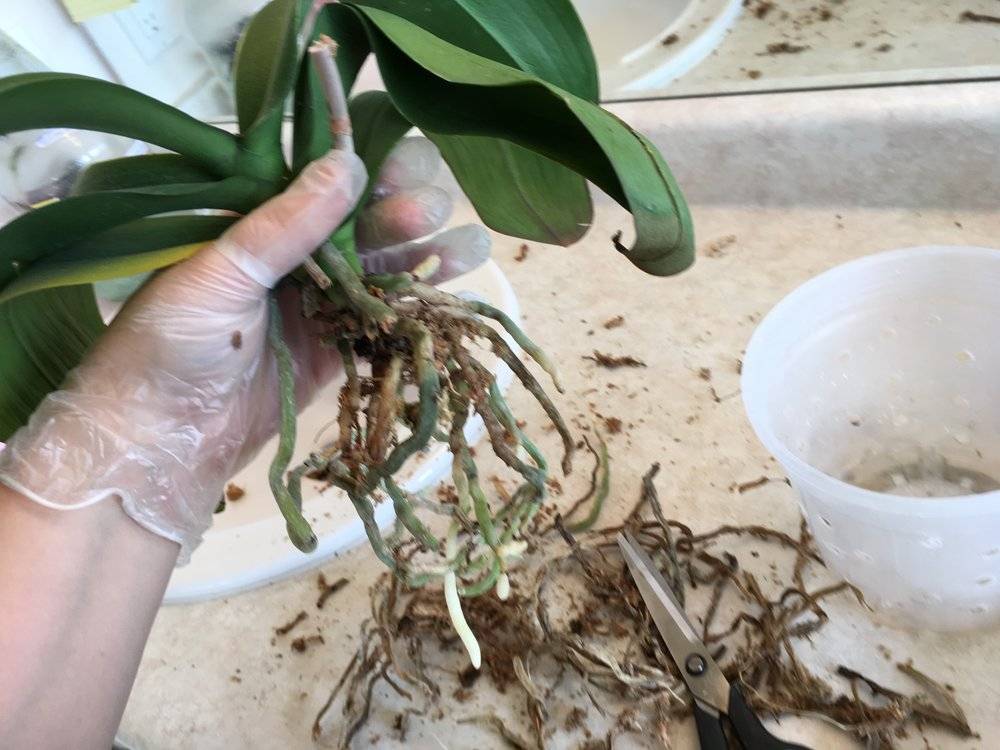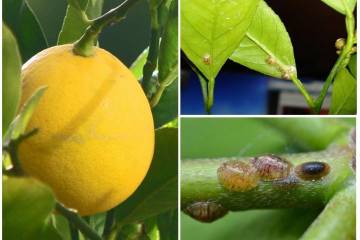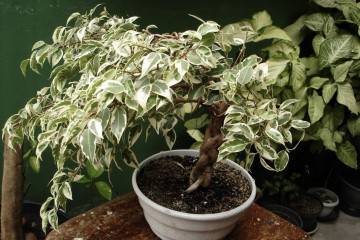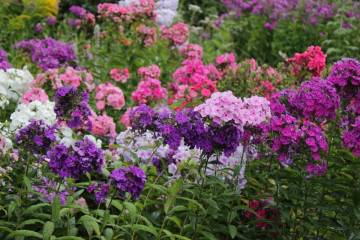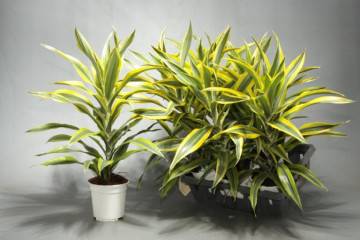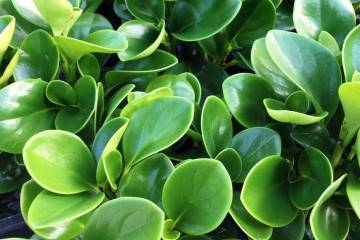How often watering of indoor plants is necessary
Content:
The importance of water for plants cannot be overstated. It is the main component in the composition of flowers. The water nourishes with mineral salts coming through the root system from the soil, which makes it possible to actively develop the root system and build up green mass. Therefore, watering is one of the most important plant care procedures. There are no exact universal recommendations on how often to water indoor flowers, since the amount depends on many factors, such as individual characteristics, location, season, etc. This article will help you figure out how to properly water flowers and how to eliminate mistakes that have already been made.
How often to water indoor flowers
The optimal frequency of watering depends on the characteristics of the flower, pot, soil, level of humidity and air temperature, lighting. Irregular watering of moisture-loving crops will lead to their slow growth, lack of flowering, depression, and in some cases, death. When over-watered, the water fills all the pores in the soil, leaving no room for air. In a humid airless space, the roots are not able to absorb water, which means + to nourish the plant. As a result, the part of the flower that is above the ground dries up, and the lower one begins to rot, being in a constantly wet state.
Factors affecting the irrigation regime:
- individual characteristics of culture;
- pot material. In clay, water will evaporate faster through the pores in the walls than in a plastic pot;
- pot size. The larger the size, the more water you need;
- location. The flower on the windowsill on the south side of the house receives more heat and light, which means it requires more frequent watering than crops on the windowsills on the north, east or west side of the house;
- temperature and humidity level. Water evaporates more slowly in a cool room than in a warm one;
- weather. On hot days, more water evaporates from the surface of the leaves than in cloudy weather, which means that flowers are watered more often in the heat;
- season. During the period of growth and vegetation (for the bulk of plants, these are the spring and summer months), watering is required more often than at rest, when the flower stops growing (autumn-winter period).
How to water house flowers according to the season
In the second half of September, most of the plants stop growing and go into a dormant state. At this time, it is recommended to change the watering regime so as not to provoke stagnation of water, since the flowers absorb it less.
To maintain proper watering between October and February, there are three principles:
- the more thermophilic the culture, the less it needs to be watered;
- flowers that need daily watering in summer are watered every three days in winter;
- Winter-blooming crops, such as azaleas or indoor rhododendrons, require the same watering frequency as in summer, throughout the entire flowering period, subject to room temperature no higher than 20 ° C.
What time of day to water home flowers
Gardeners differ on this issue.Some insist on watering in the morning at the first rays of the sun, as sunlight intensifies the chemical reactions in the leaves. After being saturated with moisture, the plant actively grows and absorbs nutrients from the soil well. Morning moisture evaporates during the day, moderately nourishing the root system. At night, the processes in flowers slow down, moisture is absorbed longer, there is a likelihood of damp soil - a beneficial environment for the emergence and development of fungal diseases.
Other gardeners are confident that the earthen lump holds moisture longer when watering in the evening. In summer, water quickly evaporates from the soil, without having time to saturate the root system. In addition, irrigation is possible after sunset without the risk of getting burned. Feeding with liquid fertilizers is recommended in the evening, during the night the plant will have time to be saturated with minerals.
How to properly water flowers
There are two watering methods - top and bottom. The first is the most familiar way for many: water penetrates through the soil surface down to the root system, while most of the moisture is retained in the upper layers of the soil. Bottom watering is achieved by immersing the flowerpot in a container of water for 30 minutes. The water level should be below the edge of the pot, about halfway down. Excess moisture from the ground flows into the sump, from which it is then drained.
When choosing a method, you must focus on the needs of the flower and personal convenience. For example, bulbous plants cannot stand a long stay in a humid environment, decaying over time, the best option for them would be top watering. Violets and gloxinia do not like moisture on the leaves; watering from below will help water such flowers and not wet the leaves. It is more convenient to water large plants from above, flowers with a lush crown - pour water into the pot tray.
In addition, it is necessary to take into account the volume of liquid when irrigating, especially for the method of overhead irrigation.
Moderate watering is carried out after the top layer of soil in the pot has dried about 15 mm. The flower is well spilled with water until the soil is completely moistened and there is no earthen crust. After the water has seeped into the sump, watering stops, and after a couple of minutes, all the water drained into the sump is drained.
Abundant watering is suitable for plants that prefer wetlands. The dry soil in the pot is watered until the pan begins to fill. Over the course of some time, the soil will be saturated, and excess moisture will accumulate in the pan, from which it should be drained.
Limited watering is preferred for cacti and succulents. It is carried out after the soil has completely dried, after about 48 hours, that is, the plant stands for some time with dry roots. 2/3 of the soil has practically turned to dust, and the lower third is slightly damp.
Signs of improper watering
With a lack of moisture, the leaves of indoor plants become drooping and lethargic, in the case of hard leathery leaves, they dry and fall off, the flowers wither, the buds fall off. Excess moisture is manifested by slow growth, shedding of young and mature leaves, the presence of rot or brown tips, flowers and buds are covered with mold.
Is it possible to reanimate an overdried houseplant
Overdried soil practically does not absorb water, it becomes slightly moist on the surface, flowing down the walls of the pot into the pan.An overdried earthen lump will moisten well with watering by immersion in a container of water. But weakened by drought and lack of nutrients, the plant will not cope with so much moisture at one time, in wet soil the roots will begin to rot, and the flower will die.
Gradual hydration will allow the flower to recover and grow stronger. A wet sponge on the soil will allow moisture to gradually accumulate, giving it back to the soil as needed. Frequent spraying with mineral water from a spray bottle will help restore wilted leaves. Drip irrigation will allow you to absorb water as much as possible: a small hole is made in the lid from under a plastic bottle, into which a hose is inserted; a bottle with clean settled water is closed with a lid with a hose, fixed on some support with the neck down, the second end of the hose is wrapped around the trunk of the plant towards the ground.
It is easier to protect flowers from drying out the soil in advance than to suffer with their resuscitation later. This will be helped by autowatering and a layer of moisture-retaining materials under the soil, for example, floristic foam (sponge), waterballs or filler for baby diapers.
What to do if the flower is flooded
If a flooded plant was found almost immediately, a couple of leaves crumbled from it or one branch out of many wilted, and the soil is light enough, it is enough to loosen the soil well, opening access to oxygen. In the detection of several symptoms of excess moisture, an effective way of salvation is to transplant into new soil. After removing the root system from the old pot, you need to inspect the roots for rot. Most often, rotten roots break off when removed, if not, then they are necessarily cut off. Sections are sprinkled with charcoal or sulfur powder. Next, the roots need to be dried for several hours in newspapers or a thick layer of toilet paper.
After transplanting, the flooded flower is kept in a warm, dark place for at least a week. Do not water for 47-72 hours, fertilize for the first month and a half. After the expiration date, you can only fertilize with liquid formulations, for example, a decoction of banana peels. The transplanted flowers should be in high humidity for the first days, this can be done by placing the plant in a transparent bag, the edges of which are straightened and in no case are tied.
The soil moisture meter for indoor plants will help you choose the optimal watering regime. This device allows you to estimate the amount of moisture at a certain depth. The indicator plug of the device is stuck into the ground 2/3 of its length. The arrow on the gauge will indicate wet or dry.
Proper watering of indoor plants is the key to active growth and flowering. Careful study and adherence to the recommendations for caring for a particular culture will allow you to create your own greenhouse in the apartment.
